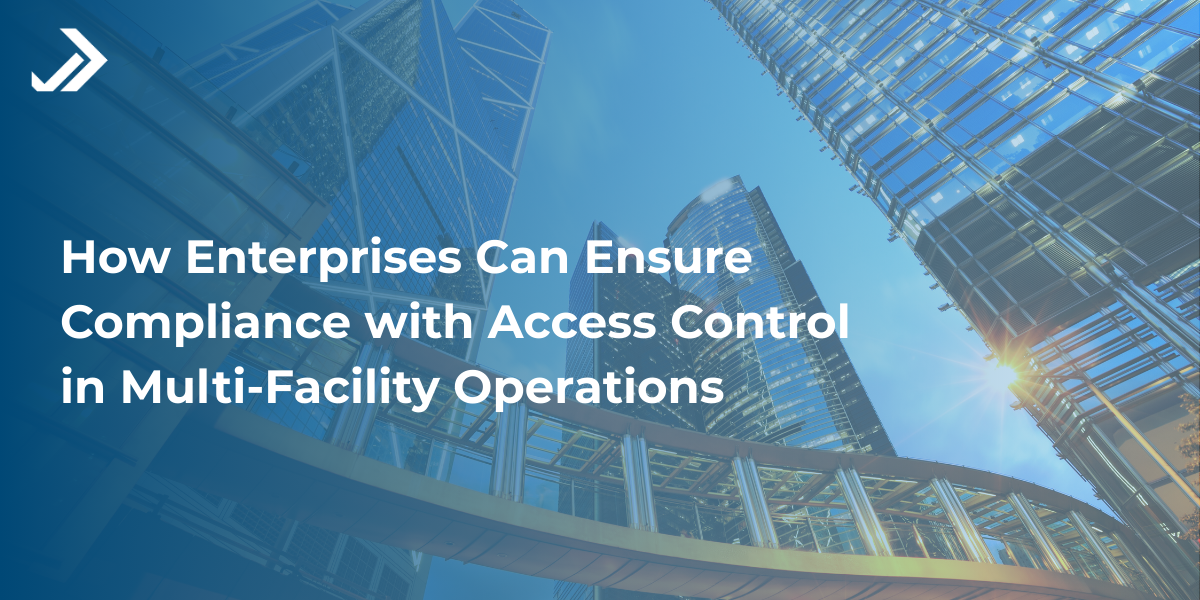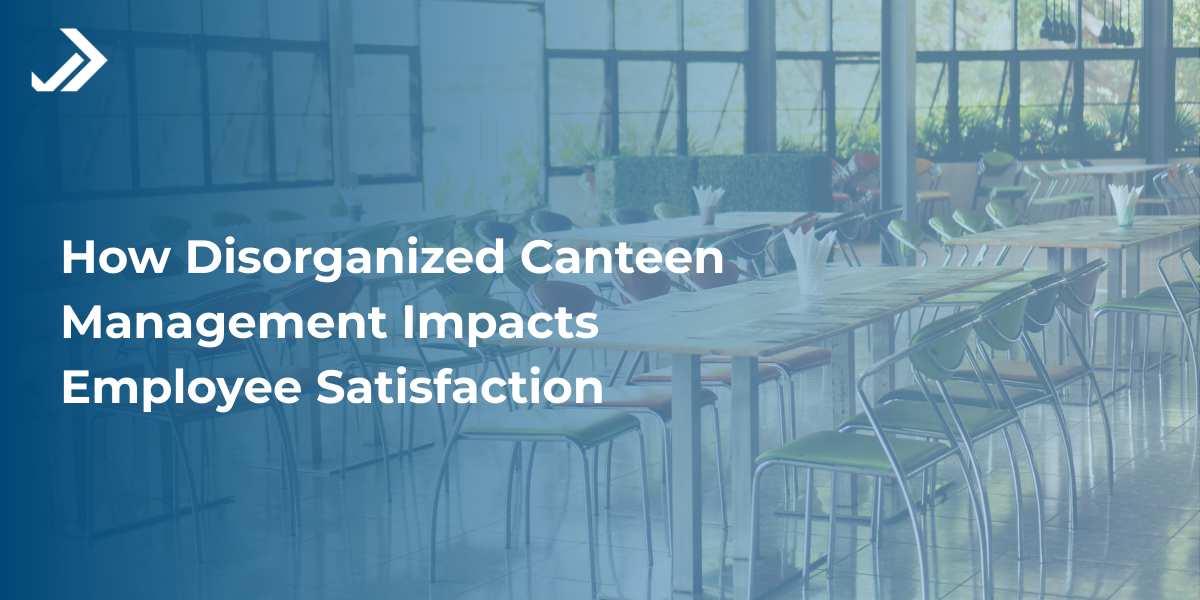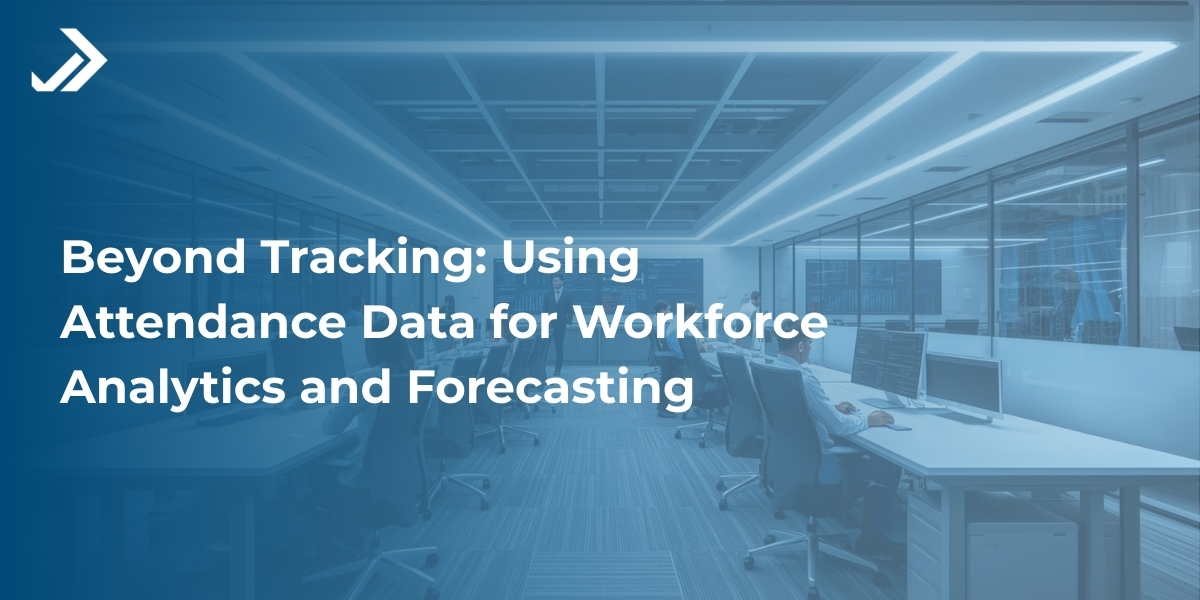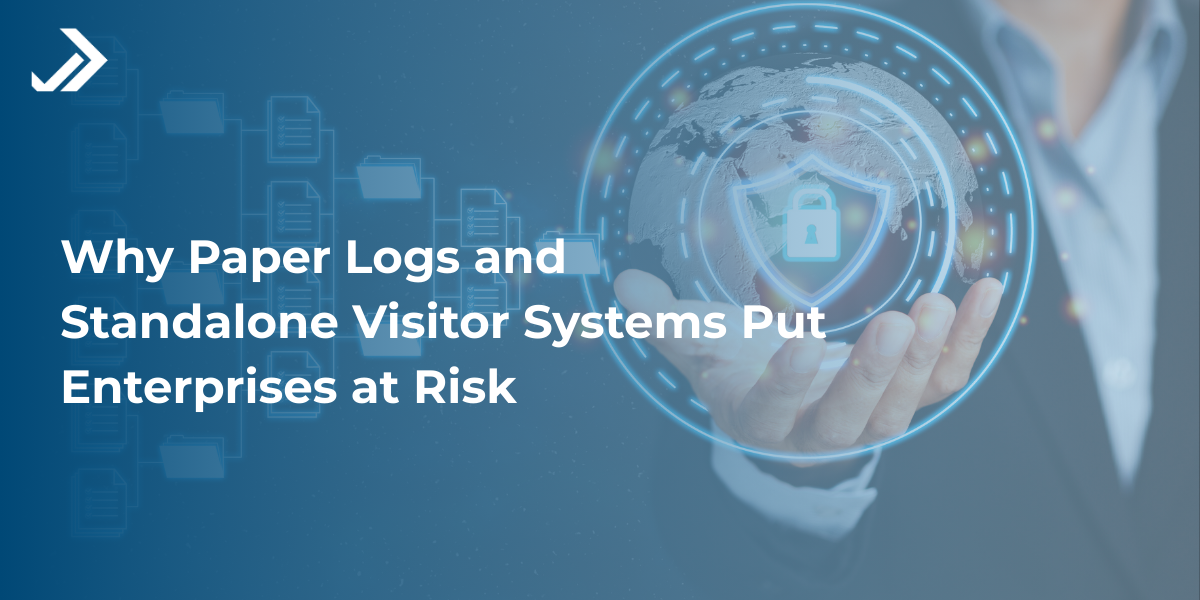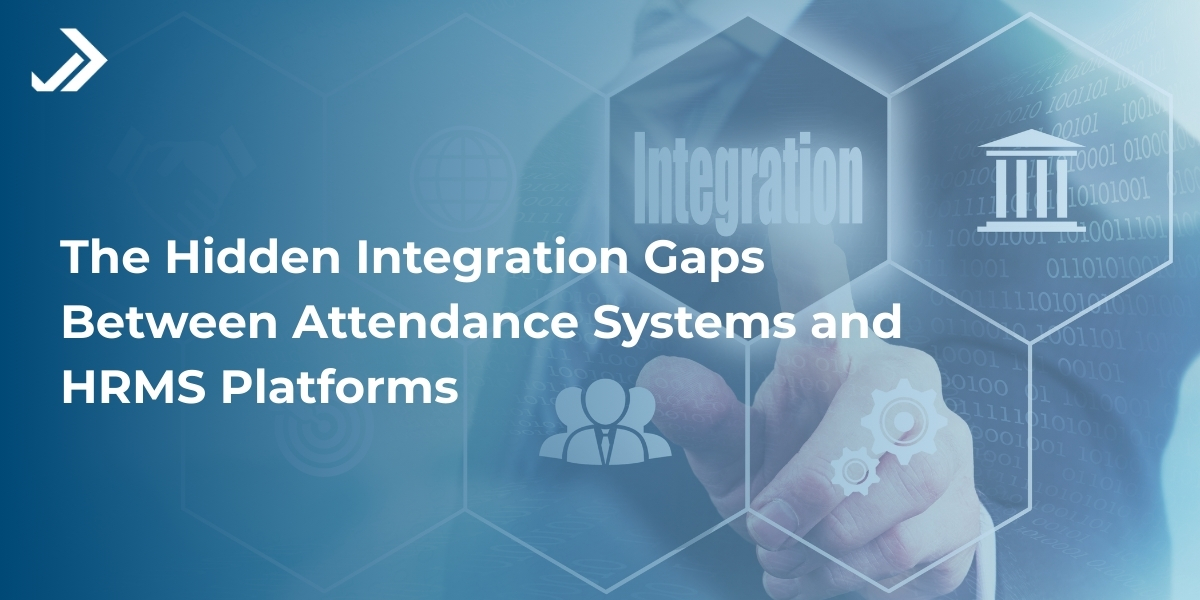

Author : Marketing Team | Follow us on LinkedIn:
25 Jun, 2025
How Does an Access Control System Enhance Physical Security for Modern Workplaces?
Table of Contents
From hybrid offices and research labs to co-working spaces and manufacturing plants, today’s workplaces are more dynamic, digital, and distributed than ever before. With such complexity comes a new wave of security challenges. Traditional keys, guards, and paper-based registers are simply unable to keep up. What’s needed is a smarter, more adaptable way to control who enters, exits, and moves around your facility.
Enter the access control system—a powerful blend of hardware and software that redefines how organizations secure their people, spaces, and assets. But its role goes far beyond locking doors. A modern access control solution supports productivity, compliance, and operational agility, making it an indispensable part of today’s physical security strategy.
Key Security Challenges Faced by Modern Workplaces
Modern offices and facilities operate across multiple shifts, employ hybrid work patterns, and cater to diverse access needs. This introduces a range of physical security threats:
1. Unauthorized Entry Risks
As workplace foot traffic increases, so does the potential for unauthorized access. Without a robust access control system, tailgating or the misuse of generic credentials can allow intruders to slip through unnoticed, especially in facilities that handle sensitive data or high-value equipment.
2. Managing Flexible Workforces and Shifts
Remote work, rotating shifts, and freelance teams mean employees no longer follow fixed schedules. Manual systems struggle to adapt to dynamic access needs, often resulting in security lapses or delays.
3. Visitor and Contractor Vulnerabilities
External guests, vendors, or maintenance personnel often require temporary or limited access to specific areas or facilities. Without a streamlined access control solution, tracking their movement and enforcing access boundaries becomes a logistical headache—and a major security loophole.
Top Ways Access Control System Enhances Workplace Security
A modern access control solution doesn’t just secure entry points—it actively strengthens your entire security ecosystem:
1. Controlled Entry and Exit Points
Every door, zone, or floor can be programmed with specific permissions, ensuring only authorized personnel gain access. This minimizes human error and eliminates the risks of misplaced keys or duplicated cards.
2. Real-time Monitoring and Alerts
Security teams can monitor access events in real-time through dashboards. If someone attempts to breach a restricted area, the access control system immediately flags it and can trigger alerts, lock doors, or even notify local authorities.
3. Audit Trails for Incident Investigation
All entry and exit activities are logged with timestamps and user IDs. These digital trails are critical for investigating security incidents, supporting compliance audits, and analyzing user behavior patterns.
4. Integrated Security Monitoring
Access control systems often integrate with CCTV cameras, fire alarm systems, and emergency lockdown mechanisms, creating a centralized and intelligent security command center.
5. Smart Workplace Optimization
The system collects access data over time, which can be used to optimize space usage, plan facility operations, and even support ESG compliance by tracking occupancy levels and energy usage.
Operational Benefits for the Modern Office
In addition to enhanced security, the access control solution simplifies and streamlines workplace management in several key ways:
1. Simplified HR Workflows
New employees can be issued access credentials instantly based on their role, department, and shift timing. When someone resigns or changes roles, their access rights can be updated in seconds, thereby reducing the workload of HR and IT.
2. Seamless System Integration
Access control systems can integrate with time-attendance software, payroll systems, and visitor management platforms. This results in less duplication of work, fewer errors, and improved coordination between departments.
3. Time-saving and Efficiency
With touchless or mobile-based access, employees don’t need to wait at gates, obtain physical passes, or seek out security staff for entry. These micro-efficiencies translate into significant time savings across the organization.
4. Reduced Manual Intervention
Automated access approvals, time-bound permissions, and centralized management eliminate the need for constant supervision, allowing security staff to focus on higher-value tasks.
Real-World Applications Across Workspaces and Industries
The access control solution is highly adaptable and serves critical roles across various sectors. Let’s look at how specific industries benefit with real examples:
Example: Corporate Offices
A large IT services company uses a multi-zone access control system to manage over 5,000 employees. Different floors and departments require distinct access levels, and visitor passes are auto-expired after designated times. Integration with their HRMS ensures instant access control for onboarding and offboarding.
Example: Pharmaceutical & R&D Labs
A pharmaceutical manufacturer uses biometric access for cleanroom entry. Only GMP-certified personnel with scheduled tasks are permitted entry, and movement between zones is monitored to prevent contamination. Access data supports regulatory audits and compliance checks.
Example: Manufacturing Plants
At a manufacturing unit, an RFID-based access control solution is implemented for both permanent and contract workers. High-risk areas, such as welding bays and chemical stores, have restricted access, and emergency doors trigger real-time alerts if they are opened.
Example: Educational Institutions
Faculty and student access is differentiated by ID cards, while parents and visitors are issued one-time password (OTP)-enabled mobile passes for events. Access is restricted to labs, hostels, and administrative blocks based on role and time of day.
Example: Co-working Spaces
A shared workspace uses mobile-based credentials via an app to grant tenants time-specific access. Daily visitors and deliveries are monitored through a visitor management add-on that syncs with the leading access control platform.
Conclusion
Security these days is no longer just about restricting entry—it’s about enabling smarter, safer, and more productive environments. A robust access control system is the backbone of this transformation. It gives organizations control over who can access what, supports automation, ensures compliance, and unlocks deeper insights into space and resource usage.
From corporate towers and pharma labs to universities and manufacturing sites, the right access control solution not only protects but empowers. For any organization aiming to future-proof its physical infrastructure, adopting intelligent access control is not a luxury—it’s a strategic necessity.


